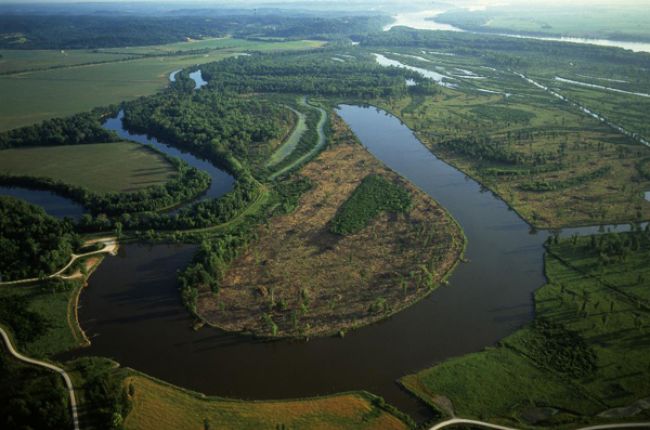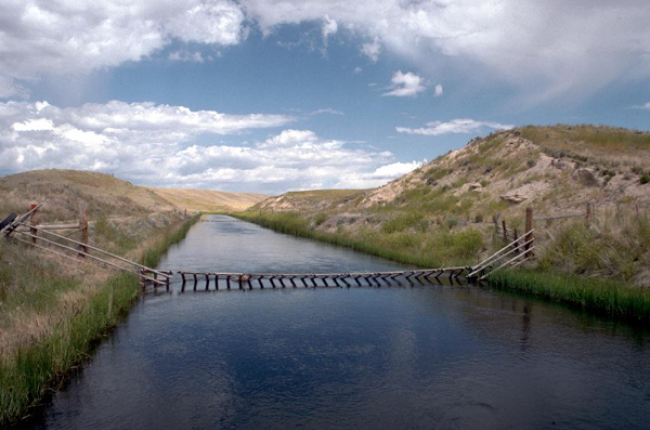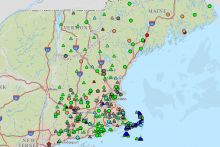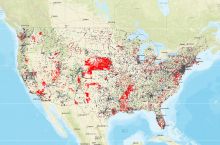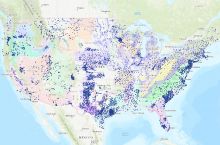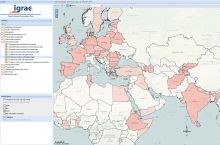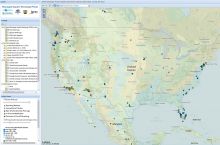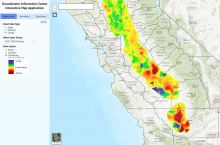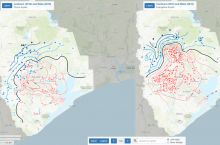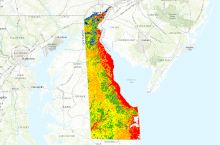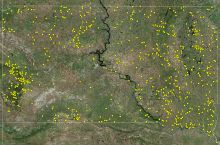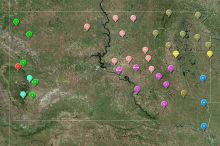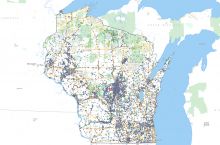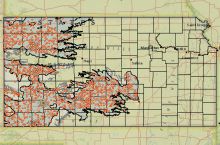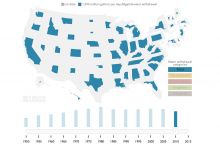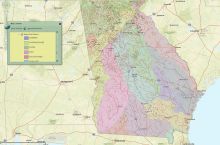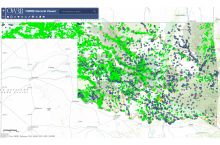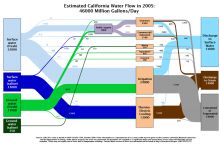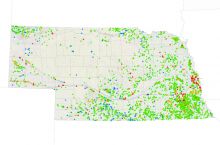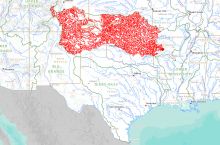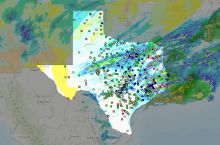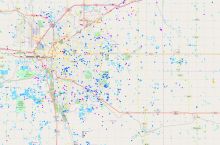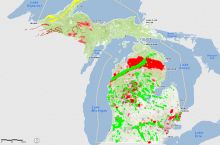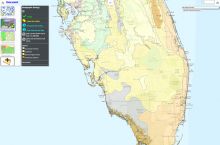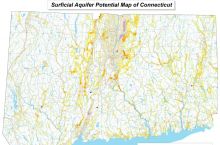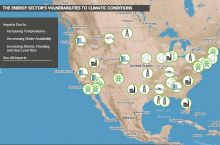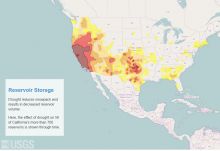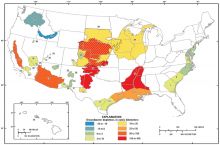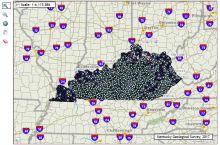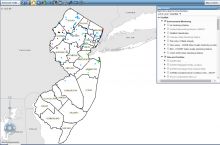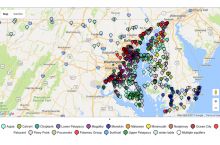Fresh water is available as surface water (such as lakes, rivers, reservoirs) and groundwater (found underground in rock or soil layers, and accessed through wells or natural springs). Water is constantly moving on the Earth between the atmosphere, ocean, and different fresh water bodies. Climate, land use, local geology, and water quality all affect the availability of fresh water resources in addition to the direct demands people place on them.
Why does water availability matter?
Water is vital for agriculture, human consumption, industry, and energy generation. If local surface water and groundwater are used up or contaminated beyond use, it becomes necessary to turn to alternative, often more expensive water sources.
How does geoscience help inform decisions on water availability?
Geoscientists study how water moves in order to locate and quantify surface water and water underground. They use models to predict how much water will be available under different scenarios of climate and societal demand. They also explore alternative water sources like water recycling and desalination of ocean water.
Learn More
Introductory Resources
- Groundwater Information (Webpage), U.S. Geological Survey Water Science School
Basic information on the science of groundwater, human interaction with groundwater (wells, groundwater depletion, and overuse), groundwater quality (pesticides, contaminants, water well contamination), use of groundwater, and groundwater measurement, discussion of groundwater and the water cycle, and links to USGS Groundwater data.
- Surface Water Information (Webpage), U.S. Geological Survey Water Science School
Basic information on the science of surface water, surface water hazards (floods, drought, storms), surface water quality (runoff, sil fences, sediment ponds, storm sewers, urbanization and water quality, poultry industry and water quality), statistics on surface water use by various sectors, discussion of surface water and the water cycle, measuring surface water, links to surface water data.
- Alternative Water Sources (Webpage), U.S. Department of Energy
Information on alternative water supplies: stormwater, reclaimed wastewater, graywater, and more, with links to further resources and case study examples for each.
Resources for Educators
- Education Resources Network, AGI's Center for Geoscience & Society
Search for water availability resources in: Organizations, Curricula & Instruction, Teaching Media, Outreach Programs
- NGSS Performance Expectations, Next Generation Science Standards
K-ESS3-1, MS-ESS3-1, HS-ESS3-1
- NGSS Disciplinary Core Ideas, Next Generation Science Standards
ESS3.A
Frequently Asked Questions
Do you have a question that's not listed here? Search all FAQs

